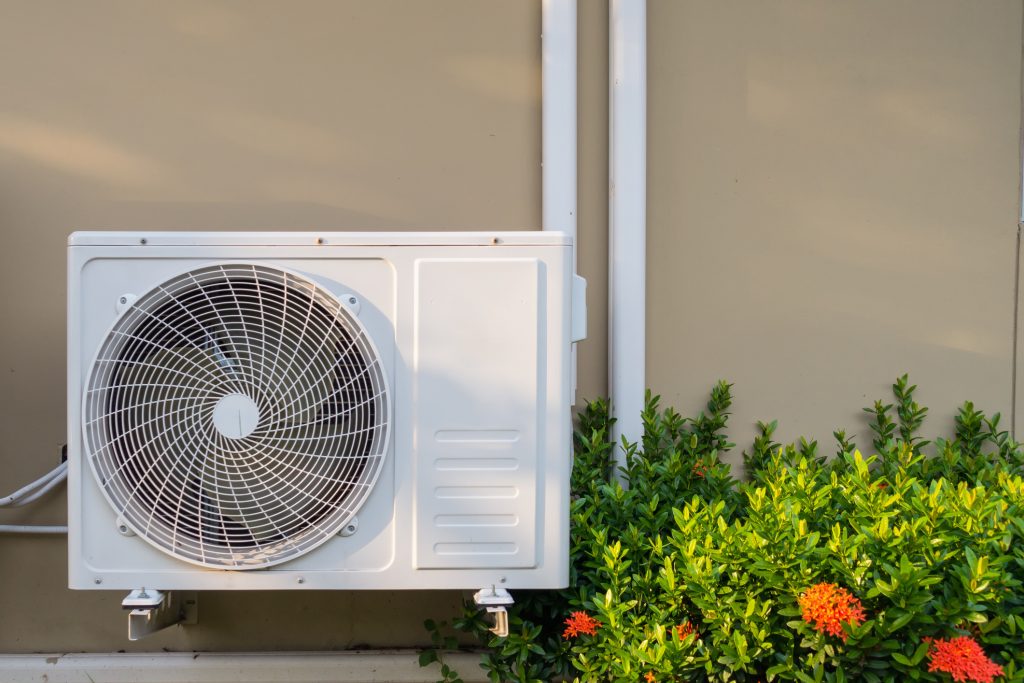As homeowners, it's important to understand how our heating and cooling systems work, the maintenance they need, and when it might be time for an upgrade. While many of us are familiar with simply turning on the heat during the cold months or using the air conditioner when it's hot outside, understanding the components and functions of these systems can help improve their efficiency and longevity.
Your home’s temperature control system typically includes three essential components: a source of warm or cool air (like a furnace or air conditioner), a method of distributing air throughout your home (such as ducts or vents), and a system for regulating the temperature (usually a thermostat). These systems require energy to operate, which can come from sources like electricity, natural gas, or propane. When these elements come together, they form what is called a Heating, Ventilation, and Air Conditioning (HVAC) system.
This guide will provide an overview of how heating and cooling systems function, the types of systems available, how to maintain them, and how to recognize when it’s time for a replacement.
How HVAC Systems Work
Heating systems use energy sources like electricity, gas, oil, or wood to generate heat, which is then distributed throughout your home. Depending on the system, the air is delivered via ducts or pipes. Some systems, like ductless heat pumps, directly deliver heated or cooled air into specific rooms.
Air conditioners, meanwhile, rely on two key components: an indoor coil and an outdoor condenser. These units work together to absorb heat and humidity from inside your home and expel it outside. The refrigerant in the system undergoes a transformation from gas to liquid, absorbing heat as it passes through the coils and cooling the air.
Ventilation is another critical part of HVAC systems, involving the distribution of air, exhaust systems, filtration, and energy recovery.
Types of HVAC Systems
HVAC systems generally fall into the following categories:
Split Systems: These are the most common types of heating and cooling systems, with one unit heating air and another cooling it. The heating unit is typically housed inside (often in a basement), while the cooling unit is positioned outdoors. Air is distributed throughout the home via ducts.
Ductless Systems: These systems are comprised of individual units that both heat and cool specific rooms or zones. An indoor unit is connected to an outdoor compressor, making it ideal for smaller spaces or for retrofitting existing homes without ductwork.
Hybrid Systems: Similar to split systems, hybrid systems offer the ability to switch between fuel sources (typically gas and electricity) to optimize energy efficiency.
Common Heating and Cooling Systems
Forced-Air Systems: These are widely used in both heating and cooling. A forced-air system relies on a blower to push heated or cooled air through the house via ducts. Warm air from the furnace flows into rooms, and cooler air returns to the furnace via cold-air return ducts to be reheated. Central air conditioning systems also use forced air to cool the home.
Heat Pumps: Heat pumps are energy-efficient systems that transfer heat instead of generating it. They can be used for both heating and cooling. Air-source heat pumps pull heat from outdoor air, while ground-source (or geothermal) heat pumps take advantage of the earth’s stable temperature to regulate the home’s climate. Though they’re most effective in moderate climates, some models can be paired with backup heating systems for colder climates.
Radiant Heating: Radiant heating systems use electric heating elements or pipes filled with warm water installed beneath the floor, in walls, or ceilings to heat a room. This type of heating offers more even heat distribution compared to forced-air systems, warming objects and people in the room rather than just the air. Radiant heating can be more energy-efficient, with lower operational costs over time, especially if powered by natural gas or propane.
Choosing the Right System
Each heating and cooling system offers its own set of advantages and drawbacks, and the best choice depends on factors like climate, budget, and energy efficiency goals. Some systems may be better suited for colder climates, while others are more effective in warmer areas. Consider consulting a qualified HVAC professional who can assess your needs, recommend the ideal system, and ensure it is properly installed.
Maintenance and Efficiency
Proper maintenance of your HVAC system is key to maximizing its lifespan and performance. Regular maintenance tasks include:
Changing filters regularly to ensure proper airflow and air quality.
Cleaning ducts and vents to prevent dust buildup.
Inspecting and cleaning the coils of your air conditioner to improve cooling efficiency.
Checking for leaks in the ducts or other components that could affect performance.
If your system is showing signs of age, such as inconsistent temperatures or frequent breakdowns, it may be time for a replacement. A professional technician can help determine whether repairs are necessary or if upgrading to a more energy-efficient system is the better option.
Final Thoughts
Heating and cooling systems are an essential part of maintaining a comfortable home. By understanding how they work, how to maintain them, and knowing when to replace them, you can save money on energy bills, extend the life of your system, and improve the overall comfort of your living space. Investing in a well-maintained HVAC system can also improve air quality, making your home healthier and more pleasant to live in.
By partnering with a trusted HVAC professional and staying on top of regular maintenance, you can ensure that your system runs efficiently and effectively for years to come.








